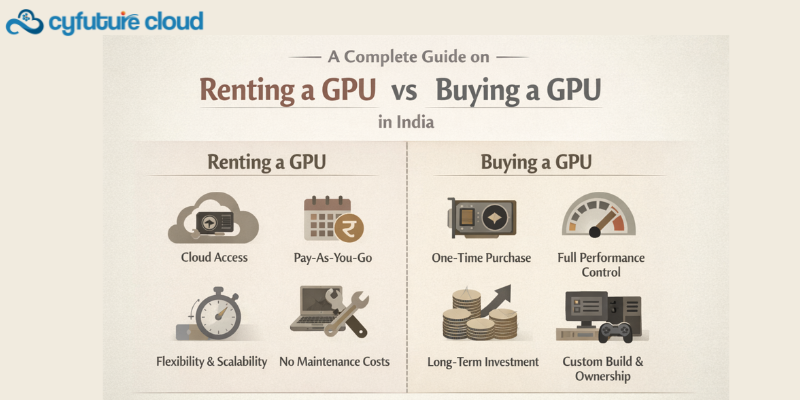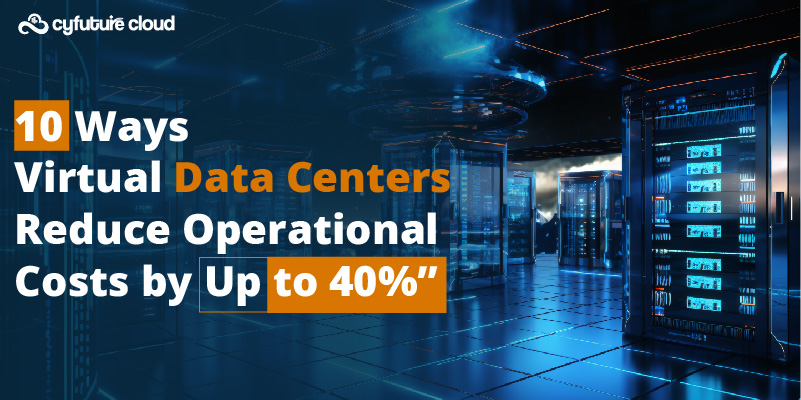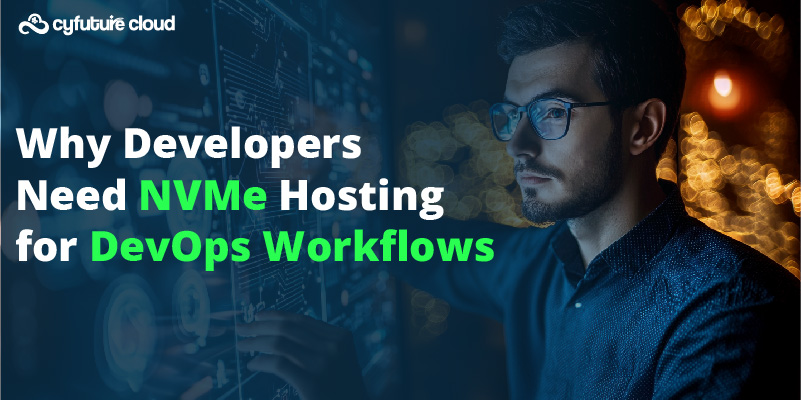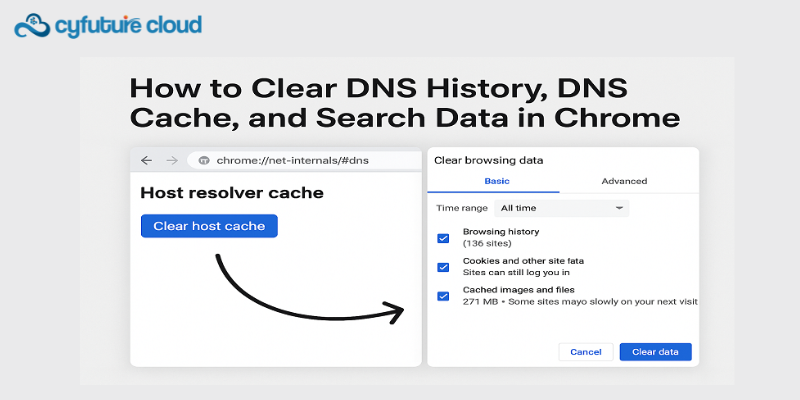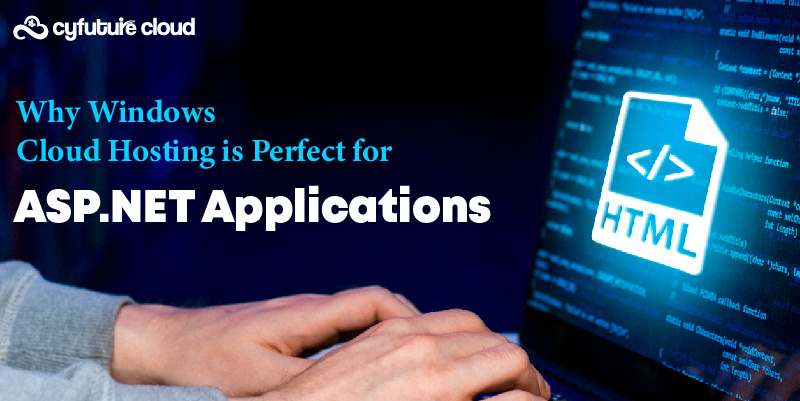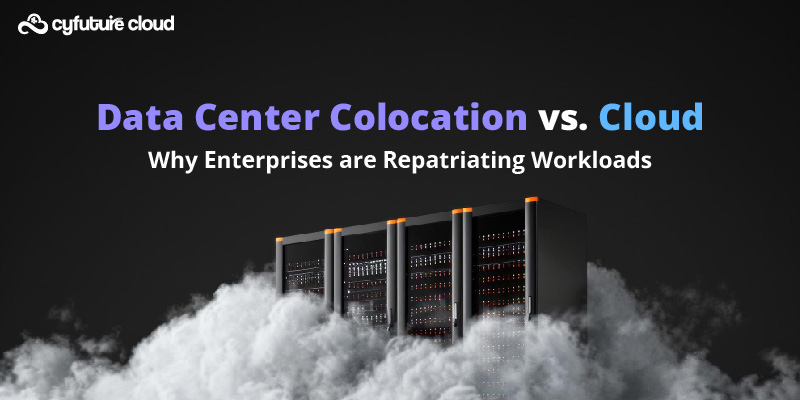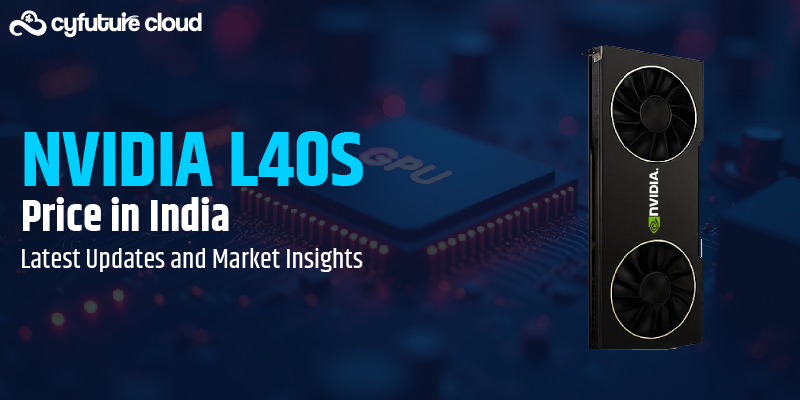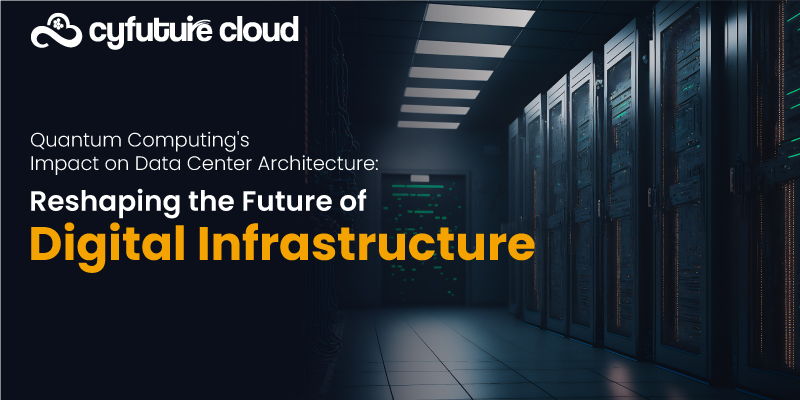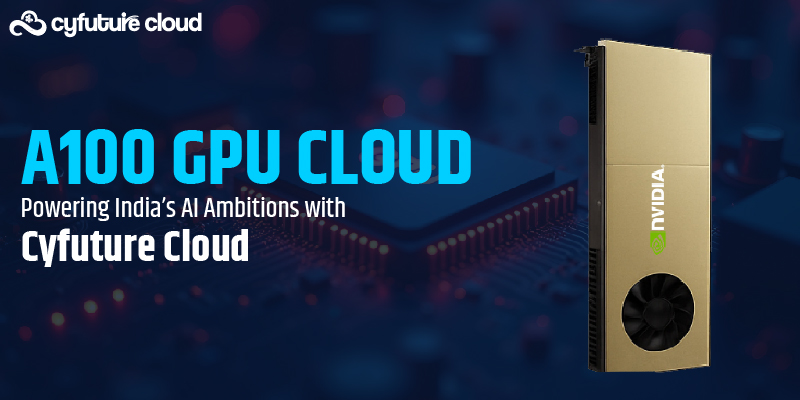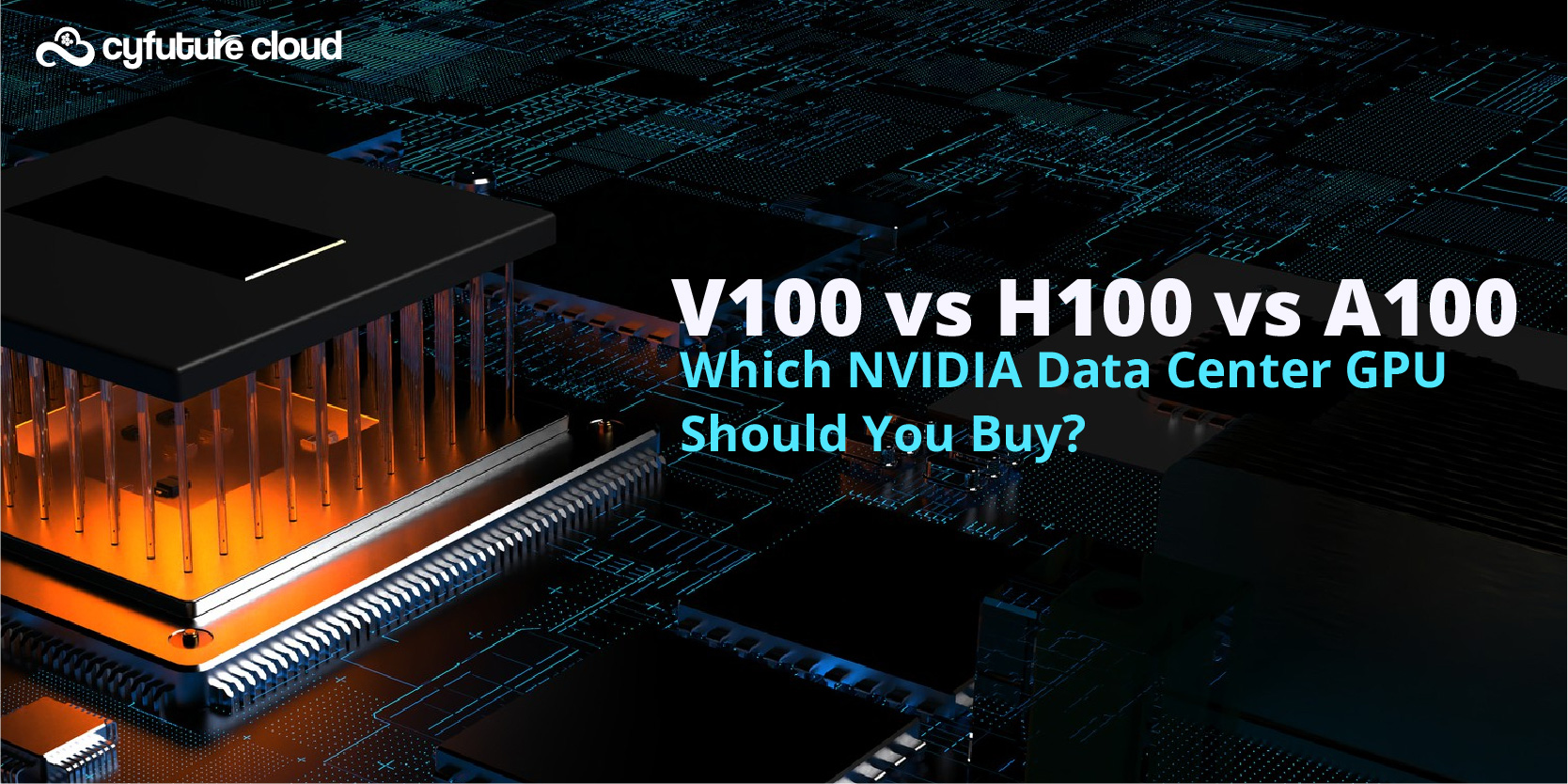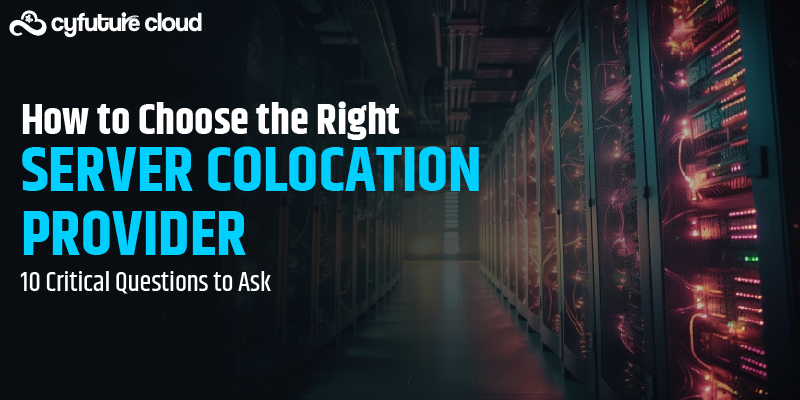Get 69% Off on Cloud Hosting : Claim Your Offer Now!
- Products
-
Compute
Compute
- Predefined TemplatesChoose from a library of predefined templates to deploy virtual machines!
- Custom TemplatesUse Cyfuture Cloud custom templates to create new VMs in a cloud computing environment
- Spot Machines/ Machines on Flex ModelAffordable compute instances suitable for batch jobs and fault-tolerant workloads.
- Shielded ComputingProtect enterprise workloads from threats like remote attacks, privilege escalation, and malicious insiders with Shielded Computing
- GPU CloudGet access to graphics processing units (GPUs) through a Cyfuture cloud infrastructure
- vAppsHost applications and services, or create a test or development environment with Cyfuture Cloud vApps, powered by VMware
- Serverless ComputingNo need to worry about provisioning or managing servers, switch to Serverless Computing with Cyfuture Cloud
- HPCHigh-Performance Computing
- BaremetalBare metal refers to a type of cloud computing service that provides access to dedicated physical servers, rather than virtualized servers.
-
Storage
Storage
- Standard StorageGet access to low-latency access to data and a high level of reliability with Cyfuture Cloud standard storage service
- Nearline StorageStore data at a lower cost without compromising on the level of availability with Nearline
- Coldline StorageStore infrequently used data at low cost with Cyfuture Cloud coldline storage
- Archival StorageStore data in a long-term, durable manner with Cyfuture Cloud archival storage service
-
Database
Database
- MS SQLStore and manage a wide range of applications with Cyfuture Cloud MS SQL
- MariaDBStore and manage data with the cloud with enhanced speed and reliability
- MongoDBNow, store and manage large amounts of data in the cloud with Cyfuture Cloud MongoDB
- Redis CacheStore and retrieve large amounts of data quickly with Cyfuture Cloud Redis Cache
-
Automation
Automation
-
Containers
Containers
- KubernetesNow deploy and manage your applications more efficiently and effectively with the Cyfuture Cloud Kubernetes service
- MicroservicesDesign a cloud application that is multilingual, easily scalable, easy to maintain and deploy, highly available, and minimizes failures using Cyfuture Cloud microservices
-
Operations
Operations
- Real-time Monitoring & Logging ServicesMonitor & track the performance of your applications with real-time monitoring & logging services offered by Cyfuture Cloud
- Infra-maintenance & OptimizationEnsure that your organization is functioning properly with Cyfuture Cloud
- Application Performance ServiceOptimize the performance of your applications over cloud with us
- Database Performance ServiceOptimize the performance of databases over the cloud with us
- Security Managed ServiceProtect your systems and data from security threats with us!
- Back-up As a ServiceStore and manage backups of data in the cloud with Cyfuture Cloud Backup as a Service
- Data Back-up & RestoreStore and manage backups of your data in the cloud with us
- Remote Back-upStore and manage backups in the cloud with remote backup service with Cyfuture Cloud
- Disaster RecoveryStore copies of your data and applications in the cloud and use them to recover in the event of a disaster with the disaster recovery service offered by us
-
Networking
Networking
- Load BalancerEnsure that applications deployed across cloud environments are available, secure, and responsive with an easy, modern approach to load balancing
- Virtual Data CenterNo need to build and maintain a physical data center. It’s time for the virtual data center
- Private LinkPrivate Link is a service offered by Cyfuture Cloud that enables businesses to securely connect their on-premises network to Cyfuture Cloud's network over a private network connection
- Private CircuitGain a high level of security and privacy with private circuits
- VPN GatewaySecurely connect your on-premises network to our network over the internet with VPN Gateway
- CDNGet high availability and performance by distributing the service spatially relative to end users with CDN
-
Media
-
Analytics
Analytics
-
Security
Security
-
Network Firewall
- DNATTranslate destination IP address when connecting from public IP address to a private IP address with DNAT
- SNATWith SNAT, allow traffic from a private network to go to the internet
- WAFProtect your applications from any malicious activity with Cyfuture Cloud WAF service
- DDoSSave your organization from DoSS attacks with Cyfuture Cloud
- IPS/ IDSMonitor and prevent your cloud-based network & infrastructure with IPS/ IDS service by Cyfuture Cloud
- Anti-Virus & Anti-MalwareProtect your cloud-based network & infrastructure with antivirus and antimalware services by Cyfuture Cloud
- Threat EmulationTest the effectiveness of cloud security system with Cyfuture Cloud threat emulation service
- SIEM & SOARMonitor and respond to security threats with SIEM & SOAR services offered by Cyfuture Cloud
- Multi-Factor AuthenticationNow provide an additional layer of security to prevent unauthorized users from accessing your cloud account, even when the password has been stolen!
- SSLSecure data transmission over web browsers with SSL service offered by Cyfuture Cloud
- Threat Detection/ Zero DayThreat detection and zero-day protection are security features that are offered by Cyfuture Cloud as a part of its security offerings
- Vulnerability AssesmentIdentify and analyze vulnerabilities and weaknesses with the Vulnerability Assessment service offered by Cyfuture Cloud
- Penetration TestingIdentify and analyze vulnerabilities and weaknesses with the Penetration Testing service offered by Cyfuture Cloud
- Cloud Key ManagementSecure storage, management, and use of cryptographic keys within a cloud environment with Cloud Key Management
- Cloud Security Posture Management serviceWith Cyfuture Cloud, you get continuous cloud security improvements and adaptations to reduce the chances of successful attacks
- Managed HSMProtect sensitive data and meet regulatory requirements for secure data storage and processing.
- Zero TrustEnsure complete security of network connections and devices over the cloud with Zero Trust Service
- IdentityManage and control access to their network resources and applications for your business with Identity service by Cyfuture Cloud
-
-
Compute
- Solutions
-
Solutions
Solutions
-
 Cloud
Hosting
Cloud
Hosting
-
 VPS
Hosting
VPS
Hosting
-
GPU Cloud
-
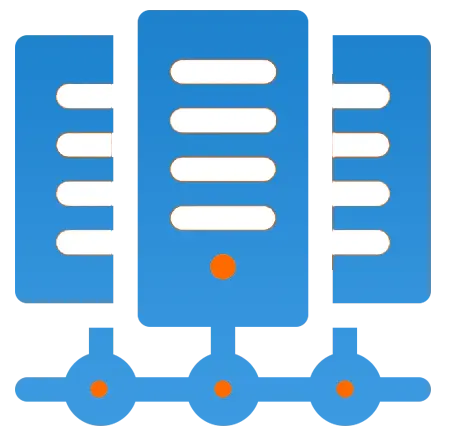 Dedicated
Server
Dedicated
Server
-
 Server
Colocation
Server
Colocation
-
 Backup as a Service
Backup as a Service
-
 CDN
Network
CDN
Network
-
 Window
Cloud Hosting
Window
Cloud Hosting
-
 Linux
Cloud Hosting
Linux
Cloud Hosting
-
Managed Cloud Service
-
Storage as a Service
-
 VMware
Public Cloud
VMware
Public Cloud
-
 Multi-Cloud
Hosting
Multi-Cloud
Hosting
-
 Cloud
Server Hosting
Cloud
Server Hosting
-
 Bare
Metal Server
Bare
Metal Server
-
 Virtual
Machine
Virtual
Machine
-
 Magento
Hosting
Magento
Hosting
-
Remote Backup
-
 DevOps
DevOps
-
 Kubernetes
Kubernetes
-
 Cloud
Storage
Cloud
Storage
-
NVMe Hosting
-
 DR
as s Service
DR
as s Service
-
-
Solutions
- Marketplace
- Pricing
- Resources
- Resources
-
By Product
Use Cases
-
By Industry
- Company
-
Company
Company
-
Company
Nvidia GPU: H100 Vs A100 Which One Is Better?
Table of Contents
- Nvidia%20GPU%3A%20H100%20Vs%20A100%20Which%20One%20Is%20Better%3F<%2Fstrong>%20https%3A%2F%2Fcyfuture.cloud%2Fblog%2Fnvidia-gpu-h100-vs-a100-which-one-is-better%2F" title="" onclick="essb.tracking_only('', 'whatsapp', '668922016', true);" target="_self" rel="nofollow" >WhatsApp
Making the right choice between Nvidia H100 and A100 isn’t easy, especially when both GPUs offer cutting-edge performance. A second opinion can make all the difference, and today, that’s exactly what we’re here for! We’ve thoroughly reviewed real-time data, analyzed raw performance benchmarks, and tested both GPUs in different scenarios. Our goal? To help you find the perfect solution—whether you’re a freelancer, running an agency, or managing a nano or micro business.
In this detailed comparative analysis, we’ll break down the key differences, performance insights, and real-world applications of the H100 vs. A100. By the end, you’ll have all the information you need to make the best decision.
Let me help you choose the best one for your purpose !
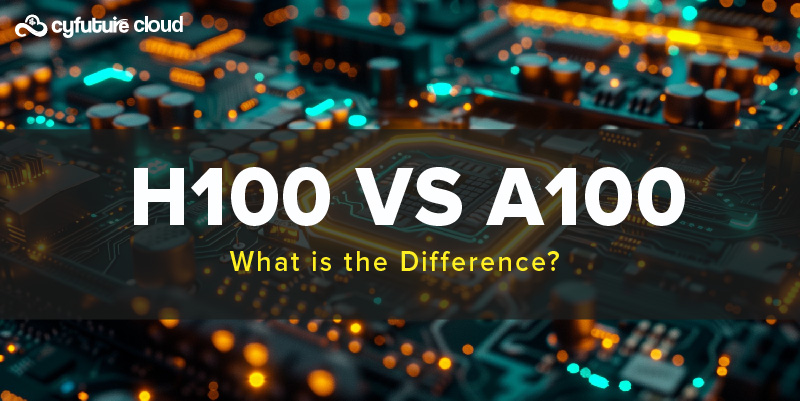
NVIDIA’s Benchmarks: How Do They Compare?
Nvidia has officially released benchmark tests comparing the Nvidia H100 and A100 across different workloads. Here’s what the numbers say:
|
Benchmark |
Nvidia H100 |
Nvidia A100 |
Performance Difference |
|
AI Training |
4x faster |
Baseline |
H100 leads |
|
AI Inference |
30x better efficiency |
Baseline |
H100 leads |
|
HPC Workloads |
2x speedup |
Baseline |
H100 leads |
|
Memory Bandwidth |
3.5 TB/s |
2 TB/s |
H100 leads |
|
Power Consumption |
700W |
400W |
A100 more power-efficient |
The Nvidia H100 GPU outperforms the A100 in nearly every metric, especially in AI training and inference tasks. However, power consumption is something to consider depending on your usage.
Key Specifications of the NVIDIA H100 GPU based on NVIDIA’s benchmarks:
- Architecture – Built on the latest Hopper architecture, delivering next-gen AI and HPC performance.
- CUDA Cores – Features 16896 CUDA cores, significantly boosting computational power.
- Tensor Cores – Upgraded 4th Gen Tensor Cores for enhanced AI acceleration and deep learning performance.
- Memory Capacity – Offers 80GB HBM3 memory, providing high bandwidth for data-intensive applications.
- Memory Bandwidth – Achieves up to 3TB/s memory bandwidth, ensuring fast data transfers.
- FP64 Performance – Delivers 60 TFLOPS FP64 performance, ideal for high-precision scientific computing.
- FP32 Performance – Capable of 60 TFLOPS FP32 computing, enhancing general AI/ML workloads.
- NVLink – Supports 4th Gen NVLink with up to 900GB/s bandwidth for multi-GPU communication.
- Energy Efficiency – Designed for power efficiency with a 700W TDP, optimized for data centers.
- Transformer Engine – Includes specialized Transformer Engine for massive AI cloud model acceleration.
- PCIe & SXM Form Factor – Available in PCIe and SXM5 configurations for different deployment needs.
- AI Training & Inference – Provides up to 9X AI training performance and 30X inference acceleration compared to A100.
Key Specifications of the NVIDIA A100 GPU, based on NVIDIA’s benchmarks:
- Architecture – Based on Ampere architecture, optimized for AI, deep learning, and HPC workloads.
- CUDA Cores – Features 6912 CUDA cores, providing strong computational power.
- Tensor Cores – Comes with 3rd Gen Tensor Cores, enabling AI model acceleration.
- Memory Capacity – Available in 40GB and 80GB HBM2e memory configurations for high-speed processing.
- Memory Bandwidth – Delivers 2TB/s bandwidth, ensuring efficient data movement.
- FP64 Performance – Provides 19.5 TFLOPS FP64 computing power, suitable for scientific applications.
- FP32 Performance – Delivers 19.5 TFLOPS FP32 performance, effective for general AI/ML tasks.
- NVLink – Supports 3rd Gen NVLink, with up to 600GB/s bandwidth for multi-GPU scaling.
- Multi-Instance GPU (MIG) – Allows partitioning of a single GPU into up to 7 instances for parallel workloads.
- PCIe & SXM Form Factor – Available in PCIe and SXM4 variants, making it flexible for various setups.
- AI Training & Inference – Offers 6X higher AI performance than previous Volta GPUs.
- Energy Efficiency
What Does the H100 Offer That the A100 Doesn’t?
The H100 comes with several next-generation upgrades over the A100, making it the ideal choice for cutting-edge AI and HPC tasks:
- New Hopper Architecture – Delivers faster AI processing and enhanced parallelism.
- FP8 Tensor Cores – Optimized for AI inference, making it 30x more efficient.
- Higher CUDA and Tensor Core Count – Boosts computing power significantly.
- PCIe Gen 5.0 Support – Faster data transfers than A100’s PCIe 4.0.
- NVLink Bandwidth Upgrade – 900GB/s vs. 600GB/s, leading to faster multi-GPU scaling.
- Memory Upgrade – HBM3 memory enhances bandwidth and performance.
Which Business Should Use What?
Choosing between H100 and A100 depends on your specific use case:
Nvidia H100: Best for
✔ High-end AI/ML model training (GPT-4, LLMs, NLP, Deep Learning)
✔ Advanced data centers handling massive workloads
✔ Autonomous vehicles, robotics, and real-time AI applications
✔ Cloud service providers needing the fastest AI performance
Nvidia A100: Best for
✔ Budget-conscious AI/ML researchers
✔ Companies running AI inference, not training
✔ High-performance computing (HPC) without extreme power usage
✔ Businesses upgrading from older GPUs (V100, T4, etc.)
NVIDIA A100’s Ampere Architecture
The Nvidia A100 is based on Ampere architecture, which was a breakthrough when launched. Key highlights include:
- Multi-Instance GPU (MIG) – Splits GPU into up to 7 instances.
- High-performance AI acceleration with FP64, FP32, and Tensor Cores.
- Third-generation NVLink – Connects multiple GPUs at 600GB/s.
Read also : What is the NVIDIA H100 GPU?
NVIDIA H100 Key Features
✔ Hopper Architecture with FP8 Tensor Cores
The H100 is built on NVIDIA’s Hopper architecture, introducing FP8 Tensor Cores, which significantly improve AI training and deep learning inference. These cores deliver 9X the AI training speedup compared to the A100’s Ampere Tensor Cores, making the H100 the most powerful AI accelerator to date.
✔ 3.5 TB/s Memory Bandwidth
With 80GB HBM3 memory, the H100 achieves 3.5 terabytes per second (TB/s) memory bandwidth, ensuring ultra-fast data access. This is a major improvement over the A100’s 2TB/s bandwidth, allowing for seamless handling of large AI models, deep learning workloads, and scientific simulations.
✔ 900GB/s NVLink Bandwidth
The H100 supports 4th Gen NVLink, which provides a 900GB/s interconnect bandwidth, 50% higher than the A100’s 600GB/s NVLink. This allows multiple H100 GPUs to work together efficiently, creating a supercomputer-grade AI processing network ideal for large-scale AI training.
✔ Ideal for AI Training, Deep Learning & Autonomous Systems
The H100 is engineered for next-gen AI model, making it perfect for AI training, deep learning inference, HPC simulations, and autonomous systems. The Transformer Engine within the H100 accelerates large-scale AI models, including GPT models, natural language processing (NLP), and generative AI, making it a game-changer for research institutions and enterprises.
Difference Between NVIDIA H100 and A100
|
Feature |
NVIDIA H100 |
NVIDIA A100 |
|
Architecture |
Hopper (Next-gen) |
Ampere |
|
CUDA Cores |
16,896 |
6,912 |
|
Tensor Cores |
4th Gen with FP8 Support |
3rd Gen |
|
Memory |
80GB HBM3 |
40GB/80GB HBM2e |
|
Memory Bandwidth |
3.5 TB/s |
2 TB/s |
|
NVLink Bandwidth |
900GB/s (4th Gen NVLink) |
600GB/s (3rd Gen NVLink) |
|
FP64 Performance |
60 TFLOPS |
19.5 TFLOPS |
|
FP32 Performance |
60 TFLOPS |
19.5 TFLOPS |
|
AI Training Speedup |
9X Faster than A100 |
Standard |
|
AI Inference Speedup |
30X Faster than A100 |
Standard |
|
MIG (Multi-Instance GPU) |
Up to 7 instances |
Up to 7 instances |
|
Form Factor |
PCIe & SXM5 |
PCIe & SXM4 |
|
TDP (Power Consumption) |
700W (SXM5), 350W (PCIe) |
400W (SXM4), 250W (PCIe) |
|
Use Case |
Best for AI training, HPC, deep learning, autonomous systems |
Best for AI inference, HPC, cloud computing |
|
Release Year |
2022 |
2020 |
The H100 outperforms A100 in almost every aspect, making it the best choice for AI model training, generative AI, and deep learning research. However, the A100 remains a strong contender for AI inference, cloud applications, and budget-conscious enterprises.

Conclusion: Which One Should You Choose?
If your business requires AI training, deep learning, and cutting-edge performance, the H100 is the clear winner. However, if you’re looking for a cost-effective AI inference and HPC solution, the A100 remains a solid choice.
Final Verdict: For AI training & future-proofing, H100 wins. For cost-conscious AI tasks, A100 is still relevant. Make your pick based on your specific needs!
Recent Post

Stay Ahead of the Curve.
Join the Cloud Movement, today!
© Cyfuture, All rights reserved.
Send this to a friend

 Pricing
Calculator
Pricing
Calculator
 Power
Power
 Utilities
Utilities VMware
Private Cloud
VMware
Private Cloud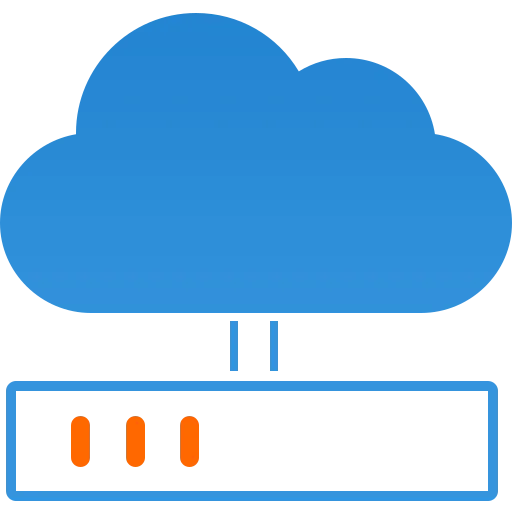 VMware
on AWS
VMware
on AWS VMware
on Azure
VMware
on Azure Service
Level Agreement
Service
Level Agreement 
